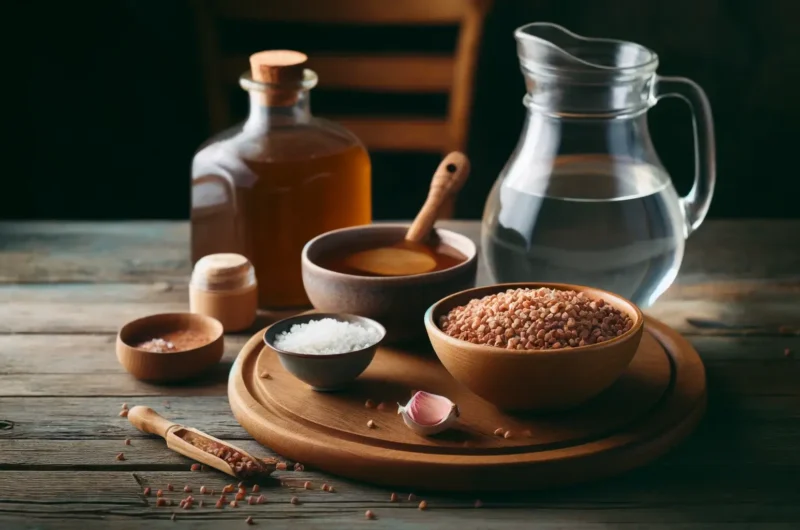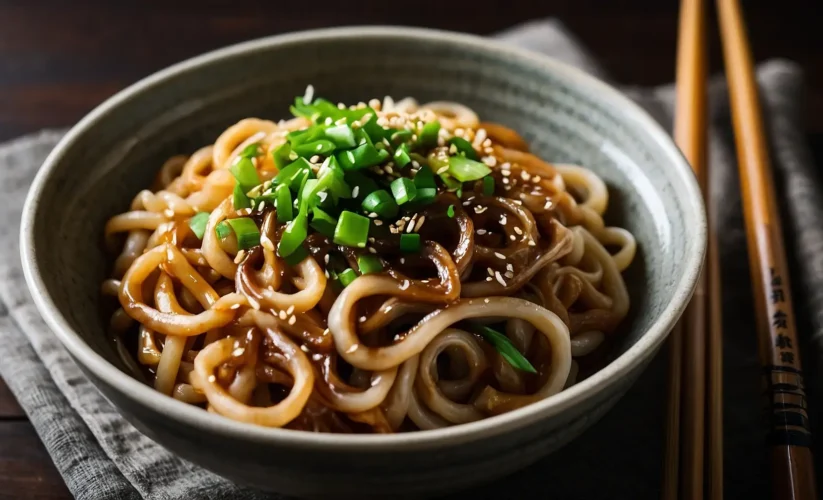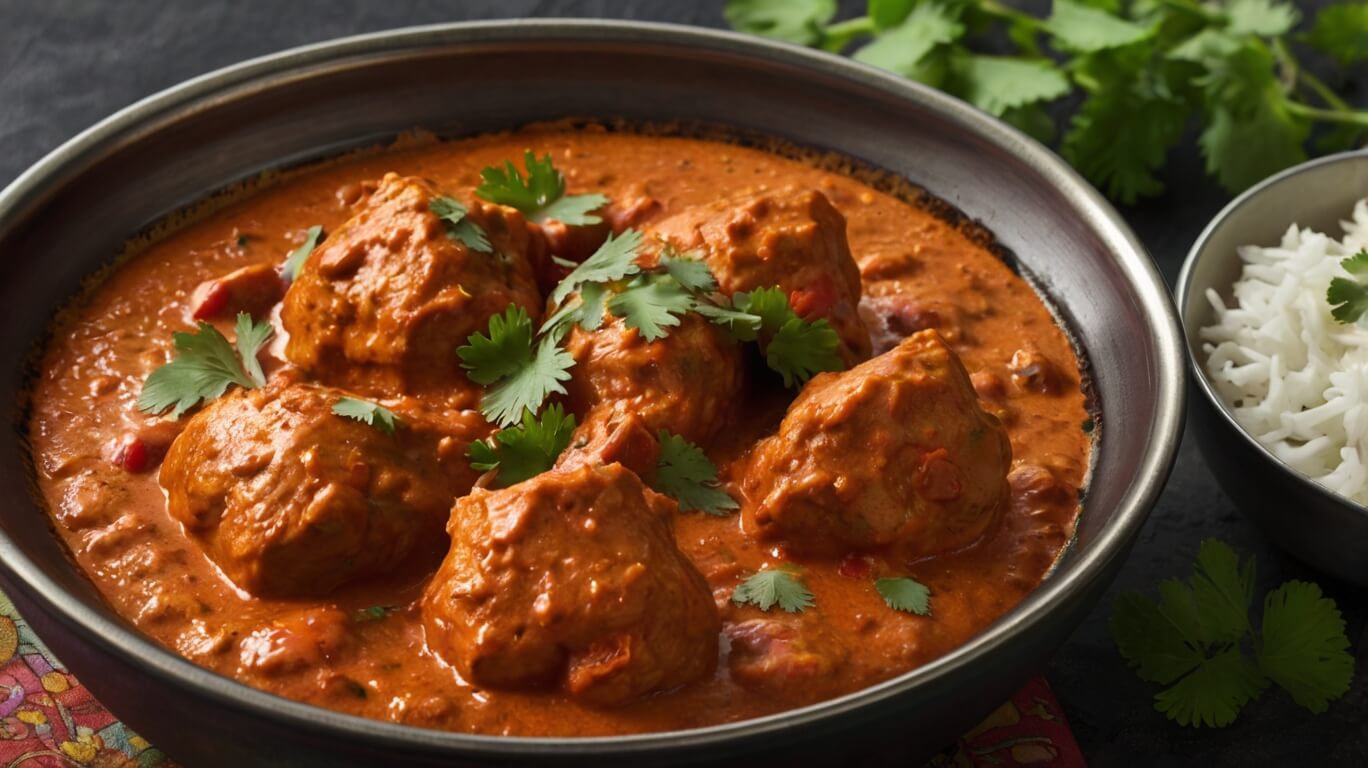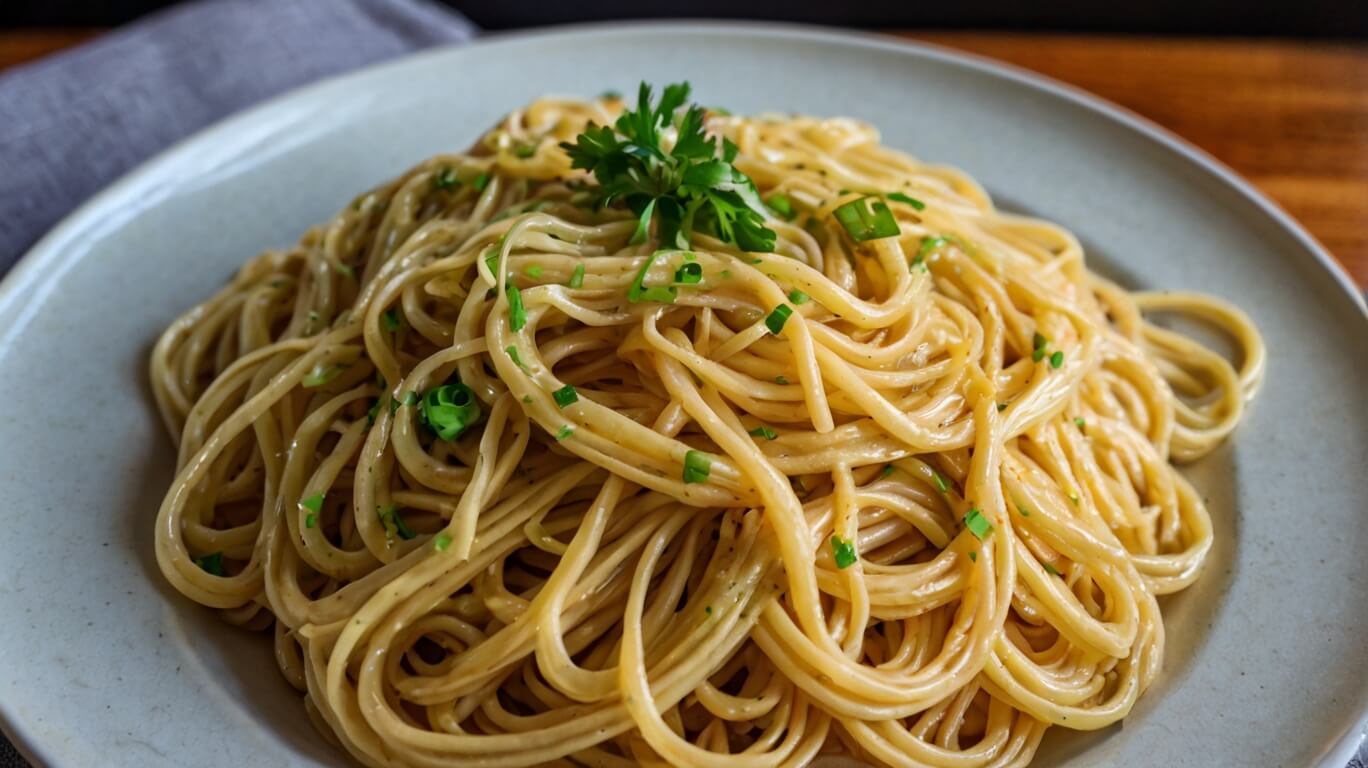Himalayan tartary buckwheat recipes
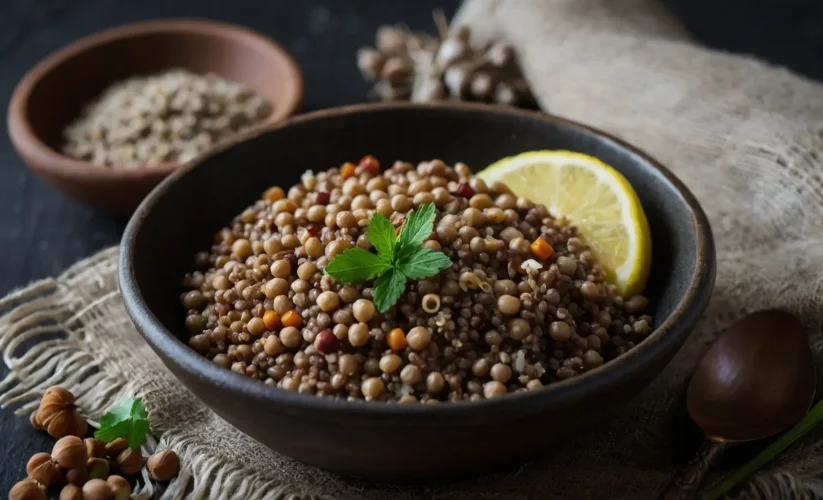
Welcome to a delightful exploration of one of the most revered grains in the Himalayan regions—Tartary buckwheat. In this post, we will immerse ourselves in the world of Himalayan Tartary buckwheat recipes, discovering how this ancient grain can transform your meals into nutritional powerhouses packed with flavor. Himalayan Tartary buckwheat, distinct from common buckwheat, boasts a higher antioxidant content and a robust, earthy flavor that makes it a favorite among health-conscious gourmets and culinary enthusiasts alike.
The journey of Tartary buckwheat from the rugged terrains of the Himalayas to our modern kitchens is a fascinating tale of resilience and adaptability. Thriving in high altitudes and harsh climates, this grain has been a staple in the diet of many Himalayan communities for centuries. Its recent resurgence in popularity comes as no surprise to those familiar with its impressive health benefits, including high levels of rutin and quercetin, which promote cardiovascular health and improve blood circulation.
Incorporating Himalayan Tartary buckwheat into your diet is not only a nod to sustainable eating practices but also an adventure in culinary creativity. Whether you are a seasoned chef or a home cook, the versatility of Tartary buckwheat will inspire you to experiment and innovate. In this blog post, we will guide you through a selection of recipes that highlight the unique qualities of this grain, from hearty breakfast options to sophisticated desserts.
We begin our culinary journey with a basic understanding of how to prepare Tartary buckwheat, covering everything from selecting the right type of grain to mastering the cooking process. This foundational knowledge will set the stage for a series of recipes that are both nutritious and delicious. By the end of this post, you’ll be equipped with the skills and inspiration needed to incorporate Himalayan Tartary buckwheat recipes into your regular cooking repertoire, enhancing your meals with its distinctive flavors and health benefits.
Himalayan tartary buckwheat recipes
Nutritious Himalayan Tartary buckwheat recipes. Enjoy unique, healthy meals that are easy to prepare and packed with flavor.
Ingredients
1 cup Himalayan Tartary buckwheat groats
2 cups water or broth
½ teaspoon salt (optional)
Directions
- Rinse the Tartary buckwheat groats under cold water until the water runs clear.
- In a medium saucepan, bring the water or broth to a boil. If you’re using salt, add it to the water.
- Add the rinsed buckwheat groats to the boiling water or broth.
- Reduce the heat to low, cover, and let it simmer for 15-20 minutes or until the grains are tender and the liquid is absorbed.
- Remove from heat and let it sit covered for 5 minutes. Fluff with a fork before serving.
Notes
- .
Variations and Toppings for himalayan tartary buckwheat recipes
Exploring Himalayan Tartary buckwheat recipes allows for a wide array of variations and toppings that can cater to any palate or meal requirement. For breakfast, transform the cooked buckwheat into a delightful porridge by adding milk (dairy or plant-based), cinnamon, and a touch of honey. Top with fresh berries, a sprinkle of chia seeds, or a dollop of yogurt to start your day with a nutritious boost.
For lunch or dinner, consider a savory twist by mixing in sautéed vegetables, nuts, and herbs. A dash of soy sauce, sesame oil, and scallions can turn it into a flavorful Asian-inspired dish. Alternatively, add roasted vegetables, feta cheese, and a light vinaigrette for a Mediterranean flair.
One of the most exciting aspects of working with Himalayan Tartary buckwheat is experimenting with toppings. Crispy fried onions, toasted nuts, or pomegranate seeds can add a delightful texture and flavor contrast to the naturally soft and nutty buckwheat. Herbs like parsley, cilantro, or mint will bring freshness and vibrancy to your dishes, making each bite a new discovery.
Serving Suggestions
When it comes to serving Himalayan Tartary buckwheat recipes, the possibilities are endless. A beautifully cooked Tartary buckwheat salad can be a main dish on its own or a perfect complement to grilled meats or fish. Its robust texture and flavor make it an excellent base for more substantial ingredients like roasted chicken, grilled salmon, or even tofu steaks.
For a more casual yet equally satisfying meal, consider using cooked Tartary buckwheat as a filling for wraps or as an addition to soups and stews. It lends a hearty, satisfying element that makes any meal feel more substantial. In colder months, a buckwheat risotto with mushrooms and Parmesan is a comforting dish that warms the soul while providing essential nutrients.
Conclusion
As we conclude our exploration of Himalayan Tartary buckwheat recipes, it’s clear that this ancient grain is more than just a dietary staple. It is a bridge between cultures, a testament to the resilience of the human spirit, and a key ingredient in the pursuit of health and wellness. Whether you are drawn to its rich nutritional profile or its versatile culinary applications, Tartary buckwheat has something to offer everyone.
Embracing Himalayan Tartary buckwheat recipes in your cooking is not only about enjoying delicious meals—it’s about making a conscious choice towards a healthier, more sustainable lifestyle. The recipes we’ve explored today are just the beginning. As you continue to experiment with Tartary buckwheat, you’ll find that its potential is limited only by your imagination. So, gather your ingredients, set your creativity free, and let Tartary buckwheat be the star of your next culinary adventure.

